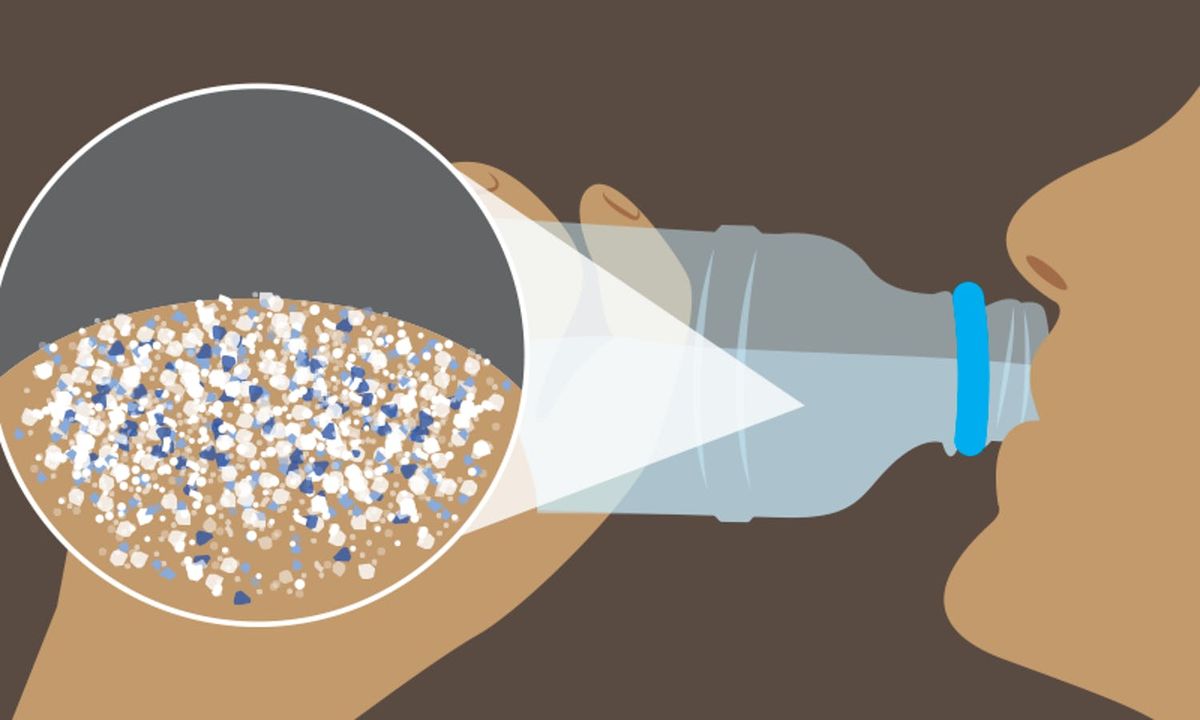What are microplastics doing to our health?
You eat a credit card’s worth of plastic every week. Plastic is omnipresent. Plastic is cheap and easy to make and mold. We use this miracle polymer to store and transport food, make our clothes and cosmetics, cars and boats, detergents and fertilizers, transfuse our blood and floss our teeth.

They can come from the breakdown of larger pieces of plastic or from the shedding of plastic products. Microplastics can be found in the air water and soil and have been found in the guts of marine animals and in the lungs of human beings. There is still much unknown about the health effects of microplastics but they are believed to cause inflammation and oxidative stress in the body.
Microplastics have been found in places as remote as Antarctica and the summit of Mount Everest, in fish guts, and in honeybees. Researchers recently found tiny plastic particles in the lungs of surgical patients, the blood of donors, and the placentas of unborn babies. We can breathe in polyethylene from our T-shirts because wastewater plants can’t fully filter them out. Microplastics are in our food—carried into the food chain by water or plankton—and in our toothpaste and dental floss.




